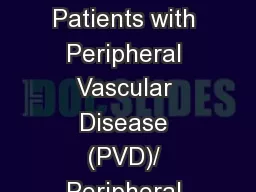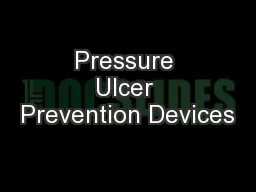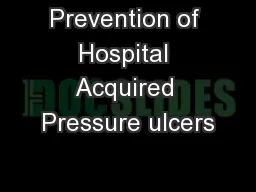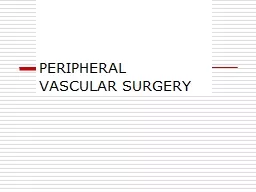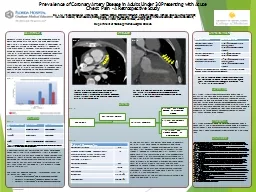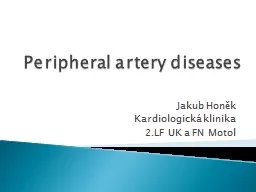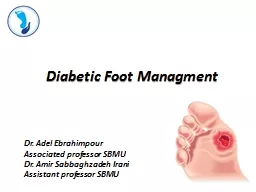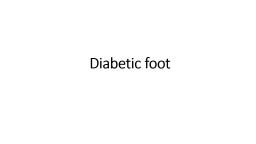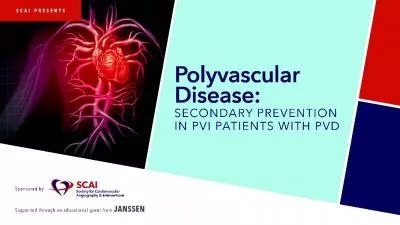PPT-Foot Pressure Ulcers: In Patients with Peripheral Vascular Disease (PVD)/ Peripheral Artery
Author : mitsue-stanley | Published Date : 2018-02-27
Erin Moore Clinical Problem Solving I Clinical Question Is peripheral vascular disease peripheral artery disease a valid prognostic factor for determining the healing
Presentation Embed Code
Download Presentation
Download Presentation The PPT/PDF document "Foot Pressure Ulcers: In Patients with P..." is the property of its rightful owner. Permission is granted to download and print the materials on this website for personal, non-commercial use only, and to display it on your personal computer provided you do not modify the materials and that you retain all copyright notices contained in the materials. By downloading content from our website, you accept the terms of this agreement.
Foot Pressure Ulcers: In Patients with Peripheral Vascular Disease (PVD)/ Peripheral Artery: Transcript
Download Rules Of Document
"Foot Pressure Ulcers: In Patients with Peripheral Vascular Disease (PVD)/ Peripheral Artery"The content belongs to its owner. You may download and print it for personal use, without modification, and keep all copyright notices. By downloading, you agree to these terms.
Related Documents

